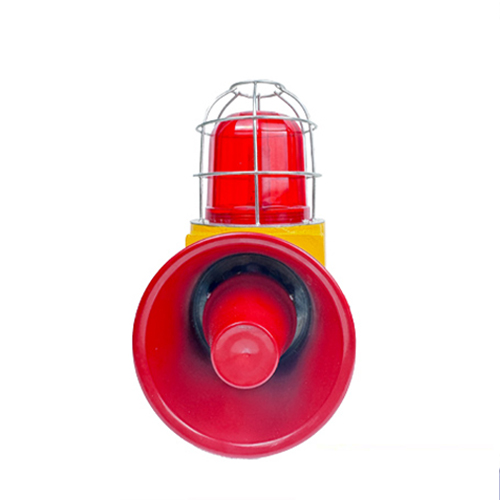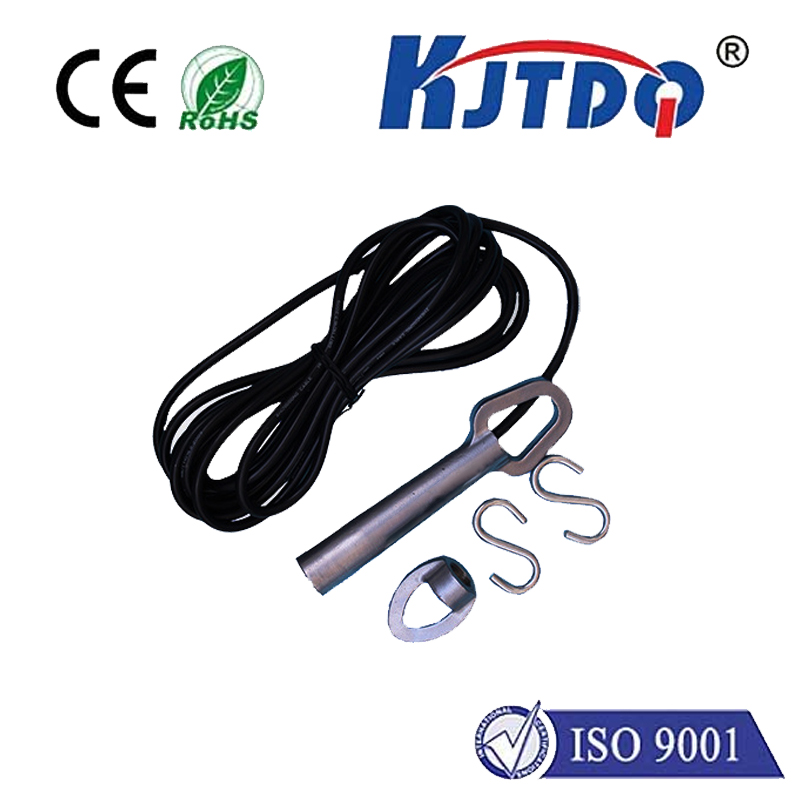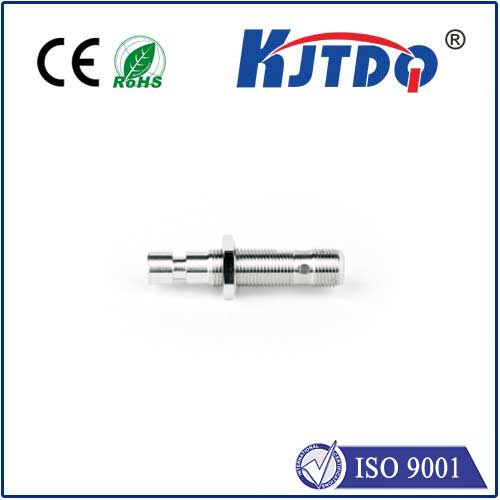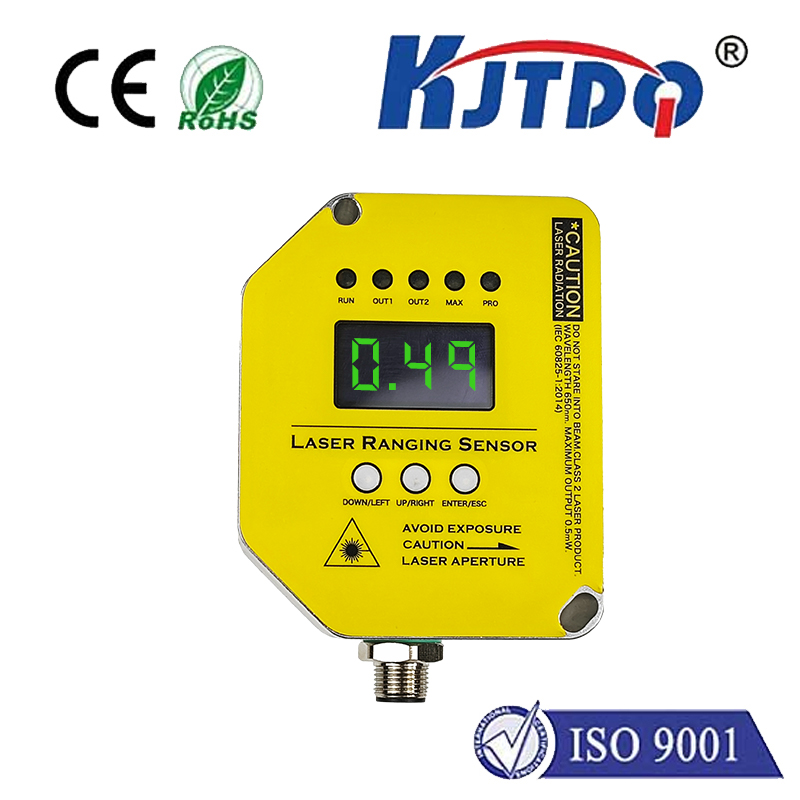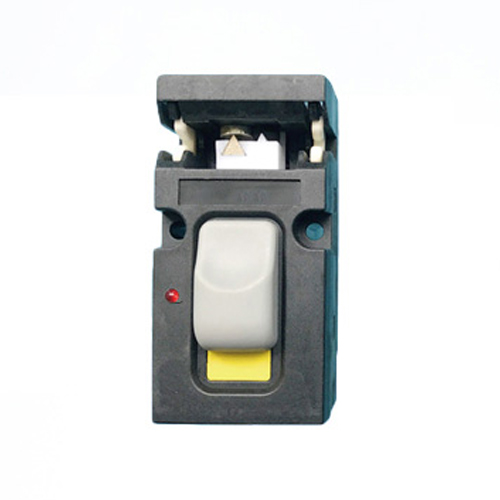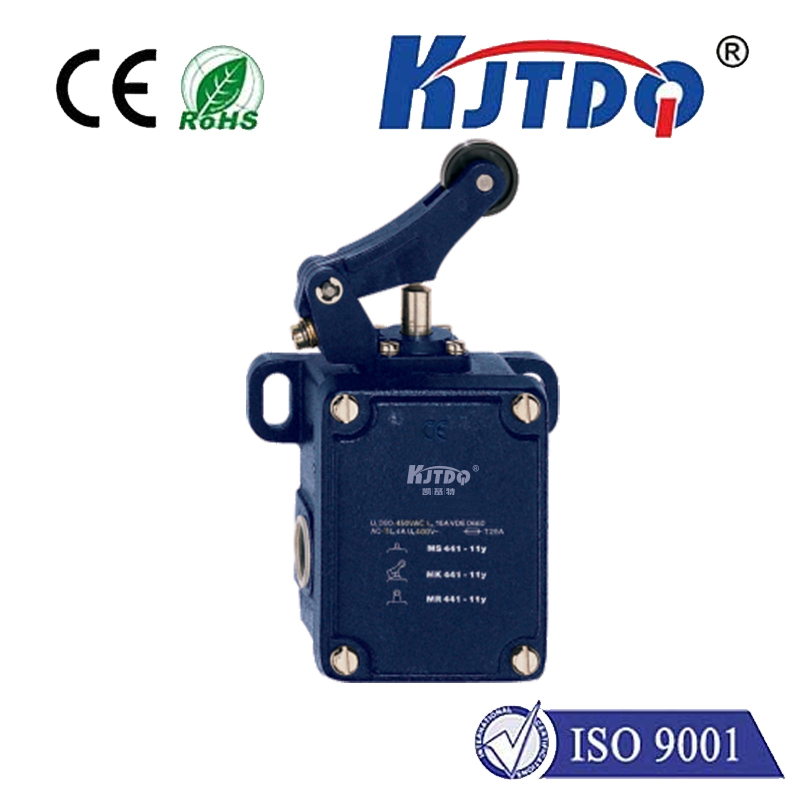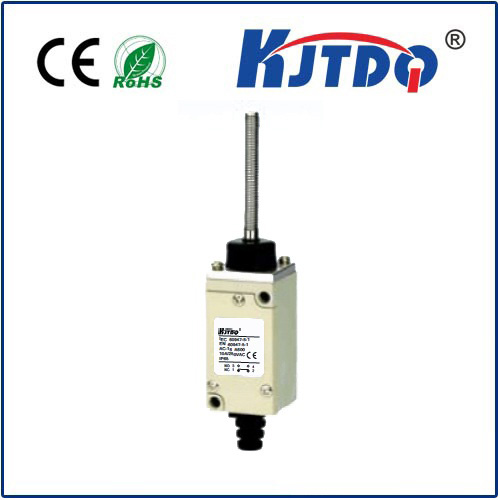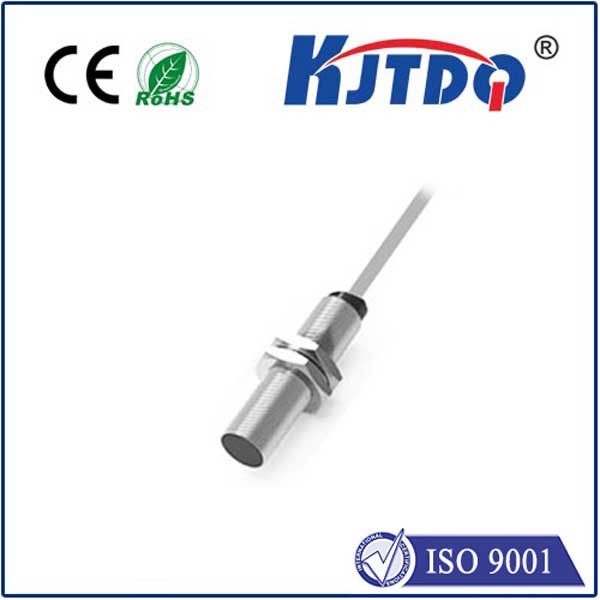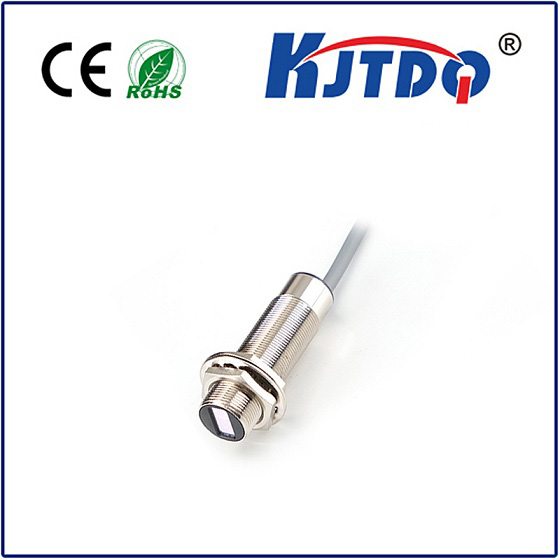Ограничительный переключатель Spst
- time:2025-08-07 00:35:25
- Нажмите:0
SPST Limit Switch: The Essential Component for Precision Position Sensing
Understanding SPST Limit Switches: Principles, Applications and Selection Criteria
Imagine a critical assembly line grinding to a halt because a robotic arm overshot its target, or a garage door crashing down unexpectedly. These scenarios underscore the vital need for reliable positional control. In industrial automation and countless electromechanical systems, precision matters. Enter the SPST limit switch – an unassuming yet indispensable device acting as the silent sentinel, ensuring mechanisms operate safely and accurately within their designated boundaries. By providing a simple, robust electrical signal when a physical limit is reached, these switches form the bedrock of countless safety interlocks and position feedback loops.
Demystifying the SPST Limit Switch
At its core, an SPST limit switch is a type of snap-action switch designed to be activated by the physical movement or presence of an object. The acronym “SPST” stands for Single Pole, Single Throw. This defines its fundamental electrical configuration:
- Single Pole (SP): The switch controls one single electrical circuit. It’s like having one gate controlling one path.
- Single Throw (ST): The switch offers only one path for the circuit – either open (Off) or closed (On). There’s no middle position or alternative path.
Therefore, an SPST limit switch has two electrical contacts and can exist in one of two states:
- Normally Open (NO): The circuit is open (no current flows) when the switch is in its resting, unactuated state. When the actuator is pressed/moved (e.g., by a machine part), the switch closes, completing the circuit. Often abbreviated SPST-NO.
- Normally Closed (NC): The circuit is closed (current flows) when the switch is unactuated. Actuation opens the circuit, interrupting the current flow. Often abbreviated SPST-NC.
The switching action is typically triggered by an external actuator arm, roller, plunger, or whisker that is physically displaced by the target object. This mechanical movement causes an internal, spring-loaded mechanism to snap quickly between its open and closed states. This snap-action is crucial: it ensures a clean, rapid break or make of the electrical connection, minimizing arcing and contact wear, which significantly enhances reliability and lifespan.

Where SPST Limit Switches Excel: Core Applications
Their inherent simplicity, ruggedness, and reliability make SPST limit switches ubiquitous across diverse fields:
- Промышленная автоматизация: The undisputed stronghold. They are fundamental for:
- End-of-Travel Detection: Preventing motors from driving conveyors, robotic arms, lifts, or slides beyond their mechanical limits, protecting both the equipment and personnel (e.g., “The conveyor stops instantly when the SPST limit switch detects the pallet has reached the loading position”).
- Position Verification: Confirming that a machine component (like a cylinder, clamp, or tool) has fully retracted or extended before allowing the next sequence in a process to begin.
- Object Presence/Absence Sensing: Detecting the presence of a part on a fixture, a workpiece on a machine, or verifying if a safety guard is properly closed.
- Counting/Sorting: Actuated by passing objects to increment counters or trigger sorting gates.
Перевозка материалов: Critical in cranes, hoists, elevators, and automated storage/retrieval systems (AS/RS) to define upper and lower travel limits, preventing dangerous over-travel conditions.
Packaging Machinery: Used extensively to control feed mechanisms, verify product placement, detect jams, and ensure cartons/trays are correctly positioned for filling or sealing. The SPST limit switch ensures consistent packaging flow.
Door and Gate Control: Monitor the open and closed positions of industrial doors, security gates, bay doors, and even some garage doors, triggering motors or interlocks. SPST-NC configurations are often used for safety-critical “door closed” signals.
Agriculture and Construction Equipment: Implement position sensing on movable arms, booms, buckets, and safety guards to prevent over-extension and operational hazards.
HVAC Systems: Detect damper positions or filter access panel status.
The Critical Role: Why SPST is Often the Ideal Choice
Simplicity translates into significant advantages:
- Cost-Effectiveness: Generally simpler and less expensive than SPDT (Single Pole Double Throw) or other multi-circuit alternatives, especially where a simple on/off signal suffices.
- Robustness & Durability: With fewer internal parts dedicated to switching functions, SPST designs are often incredibly robust, capable of withstanding harsh environments, millions of operational cycles, and significant mechanical shock/vibration. Their snap-action mechanism is key to this longevity.
- Reliability: The straightforward on/off functionality minimizes potential failure points. A high-quality SPST limit switch offers dependable performance critical for safety and process integrity.
- Ease of Integration: Simple wiring (typically two terminals: common and either NO or NC output) makes them easy to install and connect directly to PLC (Programmable Logic Controller) inputs, relay coils, or indicator lights. Plug-and-play simplicity is a major asset.
- Clear Signal State: Provides unambiguous feedback – either the circuit is made or broken. No ambiguity like potential mid-position states sometimes found in other switch types.
Selecting the Right SPST Limit Switch: Key Considerations
Choosing the optimal SPST limit switch requires careful evaluation beyond just SPST vs NC/NO:
- Electrical Rating: Match the switch’s voltage (AC/DC) and current carrying capacity (amperage) exactly to the load it will control. Undersizing leads to premature failure; oversizing is generally fine but may cost more. Consider both the steady-state load and any inrush currents.
- Actuator Type: How will the switch be triggered?
- Roller Lever: Ideal for detecting edges or surfaces moving past the switch. Offers smooth actuation.
- Plunger: Best for precise, head-on actuation pressure.
- Flexible Rod (Whisker): Excellent for detecting objects within a wider arc.
- Wobble Stick: Similar application to whiskers but different mechanism.
- Rotary Cam: Used when mounted on rotating machinery. The choice impacts sensitivity, force required, and suitability for the target object’s movement.
- Environmental Protection (IP Rating): Crucial! Assess exposure to dust, moisture, oils, chemicals, and washdowns. An МП67 rating (dust-tight and resistant to immersion in water up to 1m) is common for demanding industrial settings. Higher ratings (IP68, IP69K) are needed for severe conditions like food processing or outdoor exposure.
- Mechanical Life Expectancy: Specified in millions of cycles. Choose based on the expected actuation frequency in your specific application for long-term reliability. High-cycle applications demand switches rated accordingly.
- Operating Force: The force needed to trip the switch. Ensure the target object can reliably provide this force without excessive deflection or potential damage.
- Precision & Repeatability: How consistently does the switch actuate at the exact same point? Critical for high-precision positioning tasks.
- Housing Material: Metal (zinc diecast, stainless steel) offers maximum durability and protection. Thermoplastic housings

